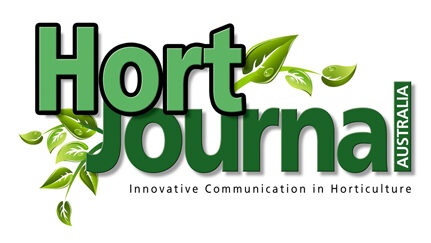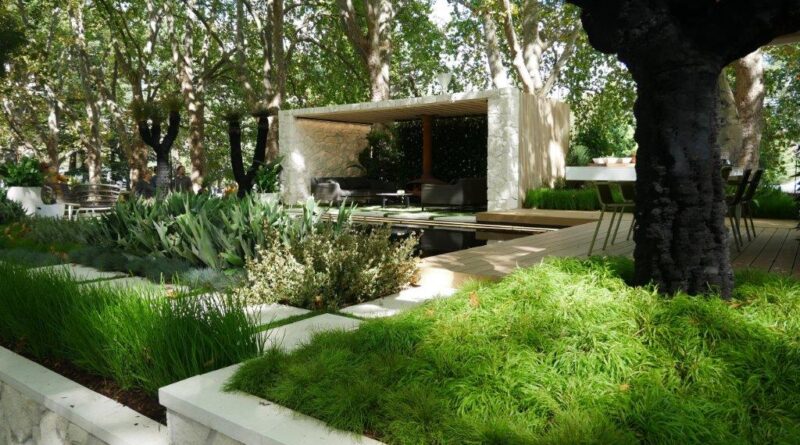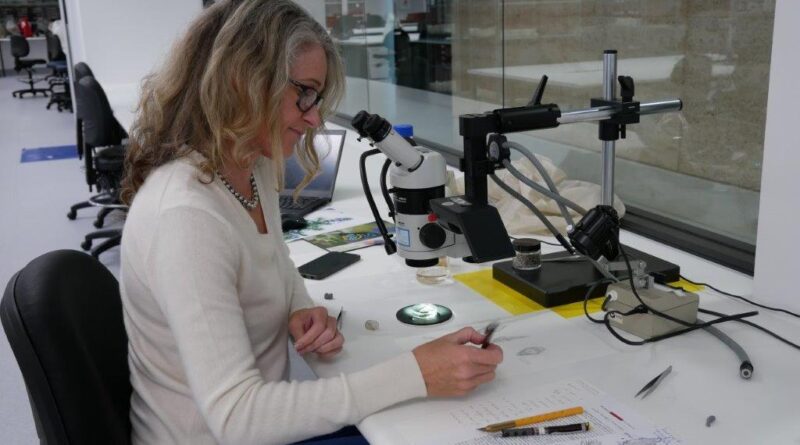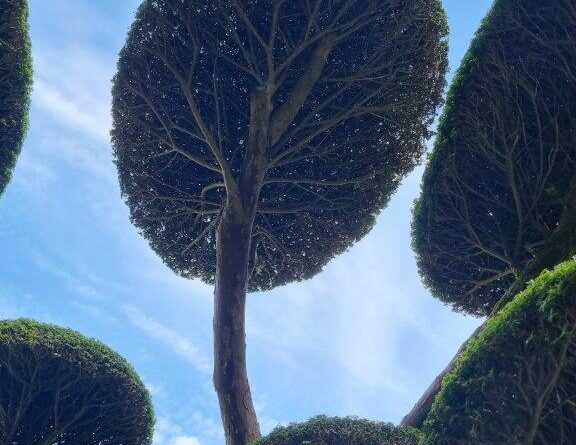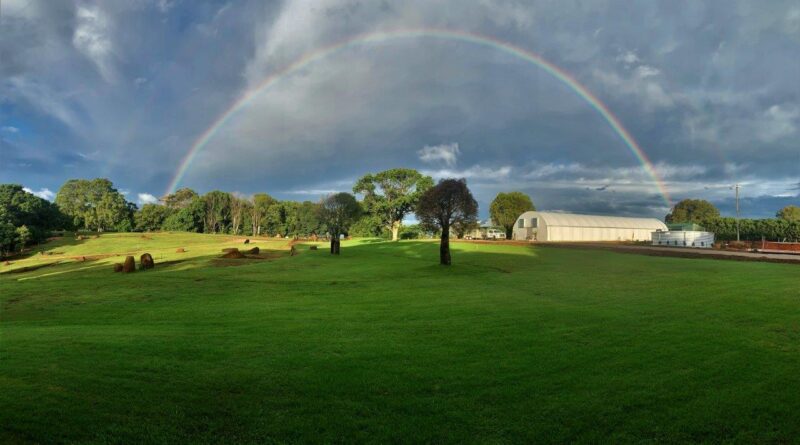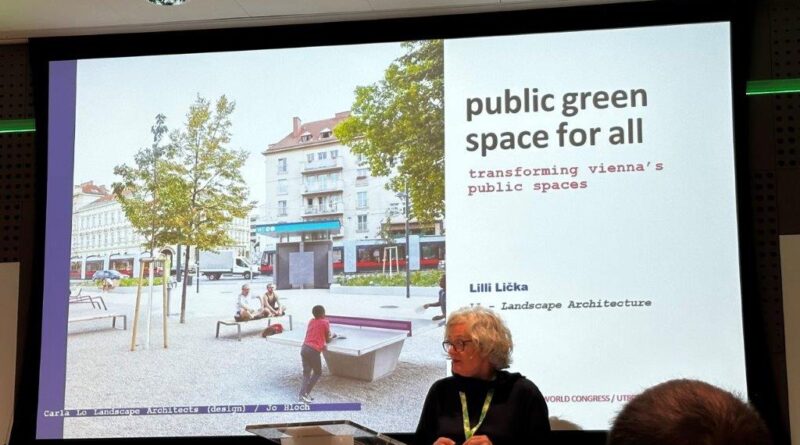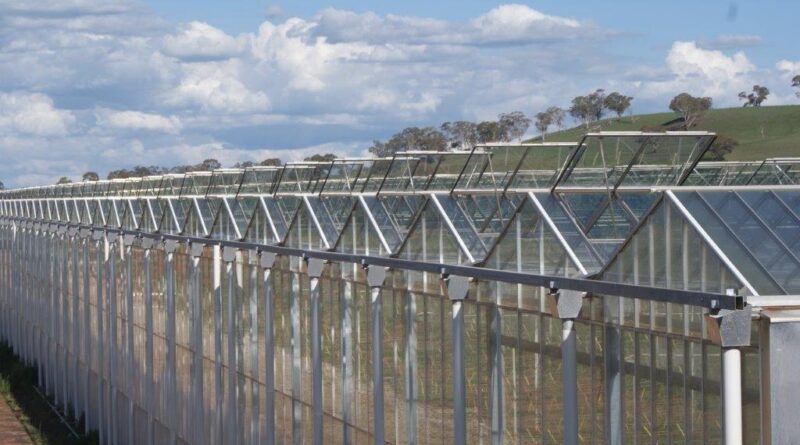Designers are the dreamers
By Daniel Fuller
Landscape architects and designers are the dreamers of our industry. They are afforded the luxury to find inspiration and the creative talent to visualise a concept while the rest of us run around like headless chooks with one eye on the clock.… Continue reading
Read More